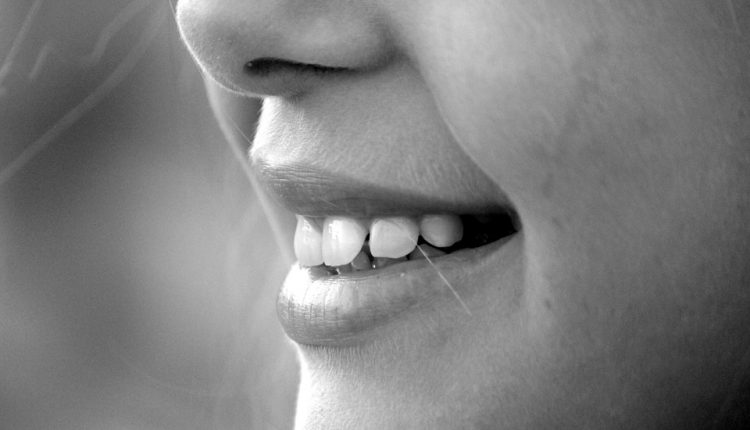
Sinusitis: how to recognise that headache coming from the nose
Sinusitis is an inflammation of the mucous membrane in the sinuses and can develop as a consequence of a cold
The cause is usually viral, but bacterial or, more rarely, fungal infections are also not excluded. In addition, certain anatomical situations, such as deviation of the septum ansa or hypertrophy of the turbinates, also predispose to the onset of sinusitis and inflammation.
According to some studies, about 8% of the population in Europe suffers from sinusitis and estimates predict an increase to 20% by 2020, also due to pollution and antibiotic resistance.
Symptoms of sinusitis
The most common discomfort or pain is a headache, accompanied by symptoms that are also common to rhinitis (i.e. colds) such as nasal breathing difficulties, malaise, lacrimation, decreased sense of smell, and catarrhal discharge.
But how to recognise a headache caused by sinusitis?
It is perceived by patients as a weight above or below the eyes (right at the sinuses, ed.) and in case of changes in altitude also as a violent pain.
Chronic sinusitis
Repeated acute episodes of sinusitis and frequent difficulty in breathing are risk factors for the development of chronic sinusitis.
It is in this case that surgery is considered as a definitive remedy for this annoying condition: in the case of chronic sinus infections, i.e. when the communication door between the nasal fossa and the paranasal sinus is closed, it becomes necessary to perform surgery to drain the infection and restore normal breathing.
These operations are performed using endoscopic techniques whereby the doctor inserts a fibre-optic endoscope into the nose and then uses microsurgical and minimally invasive instruments.
Diagnosis of sinusitis:
The doctor tends to assume the presence of sinusitis when the complaints of the common cold persist for more than 10-15 days, when there is a severe headache that does not ease with the use of painkillers or if there is even swelling above and below the eyes and at the cheekbones.
In case of suspicion, a nasal endoscopy or CT scan should be performed by the ENT specialist.
Treatment and prevention: from medication to spas
In the case of viral sinusitis, antibiotics are ruled out: nasal decongestants, mucolytics and antipyretics are sufficient in the case of fever.
Antibiotics, on the other hand, are indicated in the case of a bacterial infection, which can be recognised by the presence of yellowish, purulent secretions.
In order to prevent inflammation of the mucous membrane, inhalation cures based on sulphurous and salso-bromo-iodine waters, i.e. composed of sodium chloride, iodine and bromine, are recommended.
They have an anti-inflammatory, anti-catarrhal and mucolytic action.
Read Also:
Symptoms And Remedies Of Allergic Rhinitis
Respiratory Or Food Allergies: What Is The Prick Test And What Is It For?



